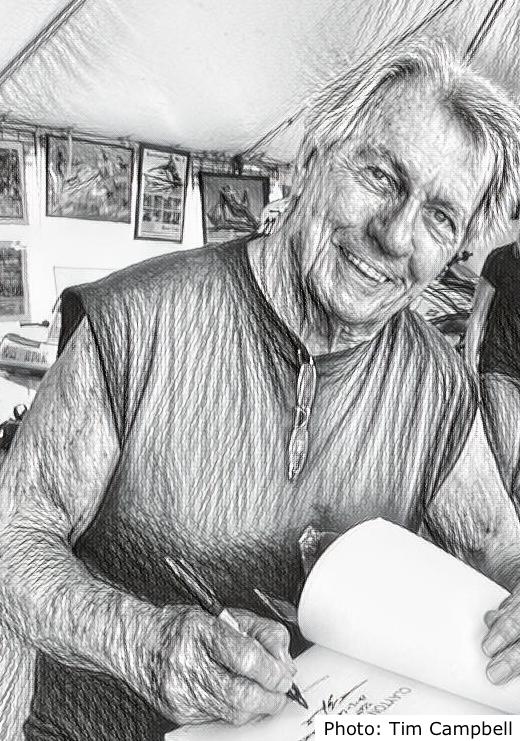Clayton Jacobson
A relatively recent but immensely popular addition to summertime leisure activities in the United States is the personal watercraft (PWC). Such vehicles have made it possible for people from all walks of life to enjoy fast-paced recreation on the open water without the encumbrance or expense of a full-sized boat.
The invention of both major types of PWC is usually credited to Clayton Jacobson II of Arizona, originally a motocross enthusiast. The general public was introduced to such vehicles with the mass-marketing of Kawasaki's Jet Ski® in 1973. The original stand-up model, with a powerful 400cc engine and handlebar steering, allowed a person to virtually waterski without the need for a boat. However, staying aboard the device was a challenge, especially in choppy water. For some years, despite improvements in control and stability, PWCs acquired a very loyal but fairly limited following.
A double breakthrough came in the late 1980s, with the development and production of two-person watercraft in a sit-down style. In addition to affording greater camaraderie and comfort, these PWCs were more stable, safe, and user-friendly than their predecessors. By the early 1990s, further improvements in technology, from cockpit and hull design to engine and exhaust efficiency, had made sit-down personal watercraft quite easy to use. Their popularity skyrocketed to the point that the Sea-Doo®, a sit-down PWC made by Bombardier, Inc., became the largest-selling boat in the world.
Today, there are PWCs capable of carrying three people and reaching speeds of 60 miles per hour. The racing of souped-up models, stand-up and sit-down, is an organized sport supported by competitions throughout the U.S. At the same time, personal watercraft have helped expand the concept of the waterside vacation, earning reserved areas on the country's lakes and shorelines. Thrilling but safe, and easily accessible through rental as well as purchase, PWCs continue to grow in popularity.


